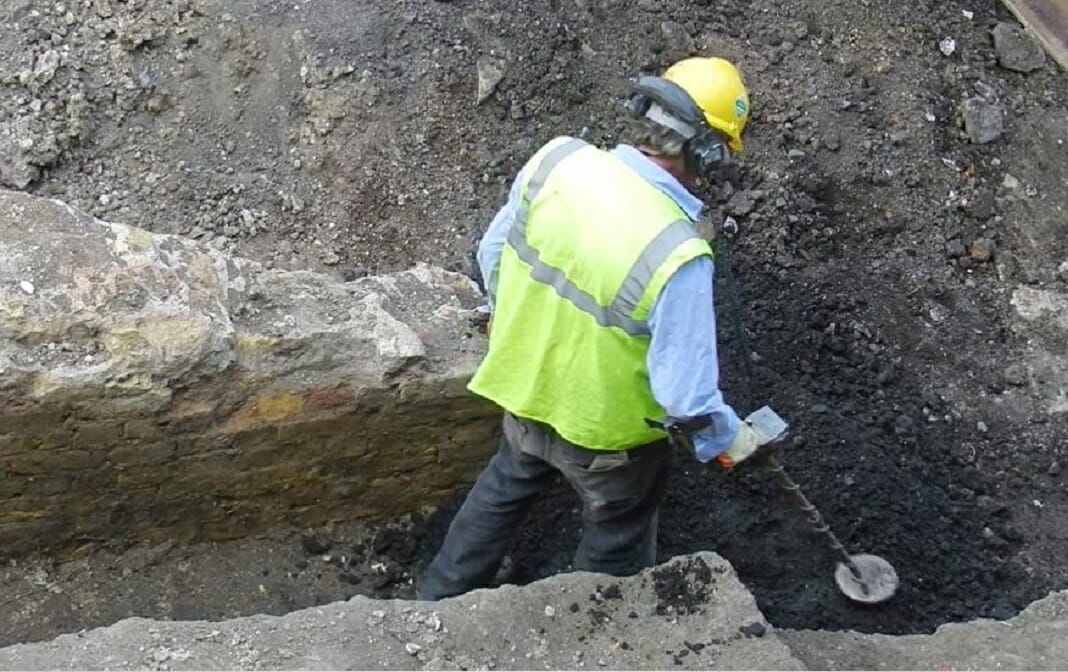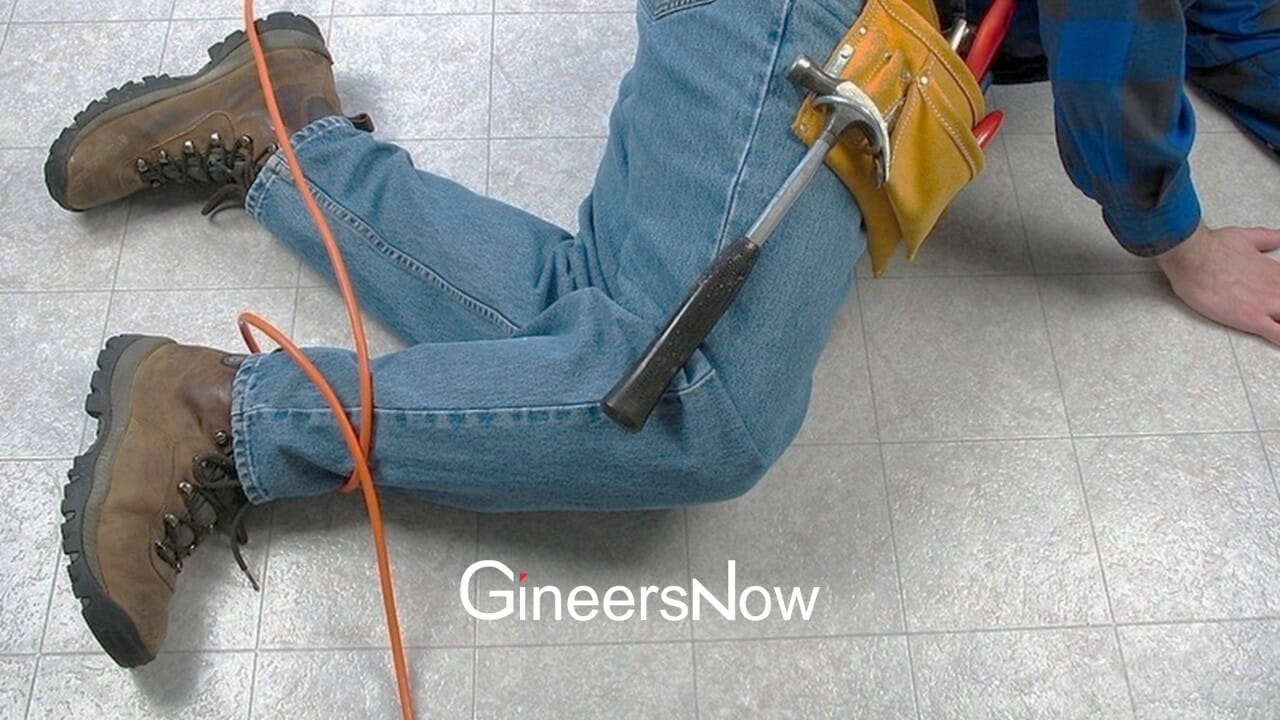Metal detectors
History of the metal detector
Metal detectors are actually a lot older than most people assume. The first one was created in 1881 in the United States, to locate a missing bullet in President James Garfield’s body. Alexander Graham Bell, pioneer of the telephone, quickly assembled an electromagnetic metal-locating device called ‘Induction Balance’ based on an earlier machine by German physicist Heinrich Wilhelm Dove.
The first portable models of metal detectors were built in 1933 and dubbed ‘Metallascopes’ by their German-born inventor, electronics engineer Gerhard Fischer. The most modern iterations were created in the 1970s, with styles being upgraded with technology.
How does a metal detector work?
Simply, metal detectors work by transmitting electromagnetic fields from their working parts down into the ground. When a metal detector’s electromagnetic field hits a metal object it becomes energized and retransmits a field back to the detector.
But that is an oversimplification. A metal detector has lots of parts that all work with each other to locate and find metal objects hidden in the earth. First, the control box contains the detectors electronics and is where the signal is processed and generated.

In the disc at the bottom of the detector is the search coil, which turns the disc into a huge inductive proximity sensor that has been programmed to alert when metal has been found. It works by sending transmissions out and receives information back when it finds metal.
When a target (metal object) is located by the electromagnetic transmission, it sends an signal back into the control box that becomes an alarm sound, alerting the user of the metal detector to the presence of metal.
Many modern metal detectors have unwanted target settings built in. These allow users to program the types of metal they don’t want to find, leaving them to find only the metal they do. Some metal detectors even have visual displays to provide information about the metal found via an identification number.
What are metal detectors used for?
Beyond the typical scene of searching for treasure along the coast, mining, construction sites, metal detectors are actually used in many everyday items. Most commonly, metal detectors are used in stand-up and hand-held body scanners at airports to detect hidden objects on passengers.
Although frowned upon by many archaeologists, metal detectors are also used with incredible results on digs and in historical research.












